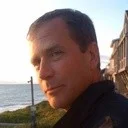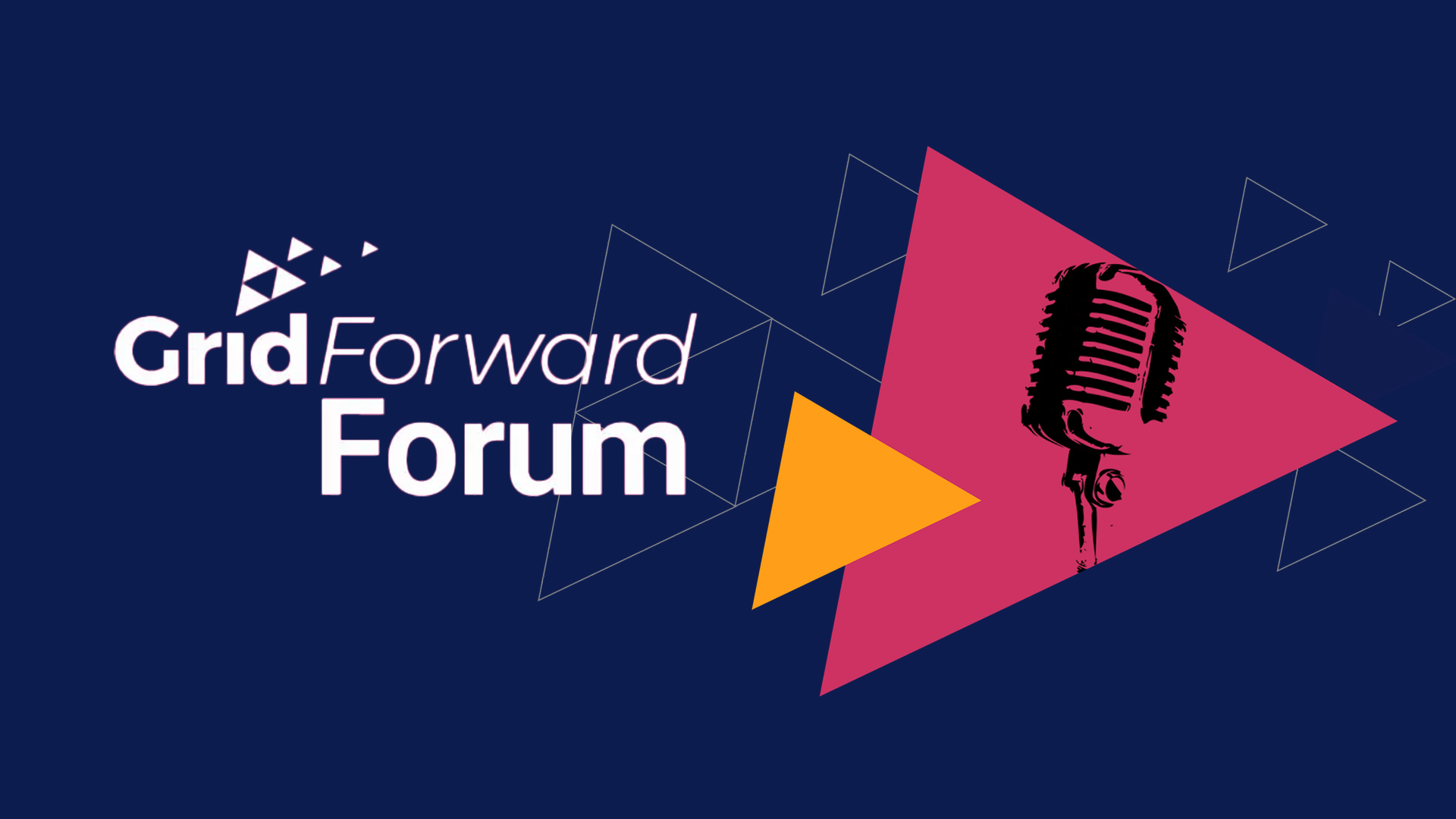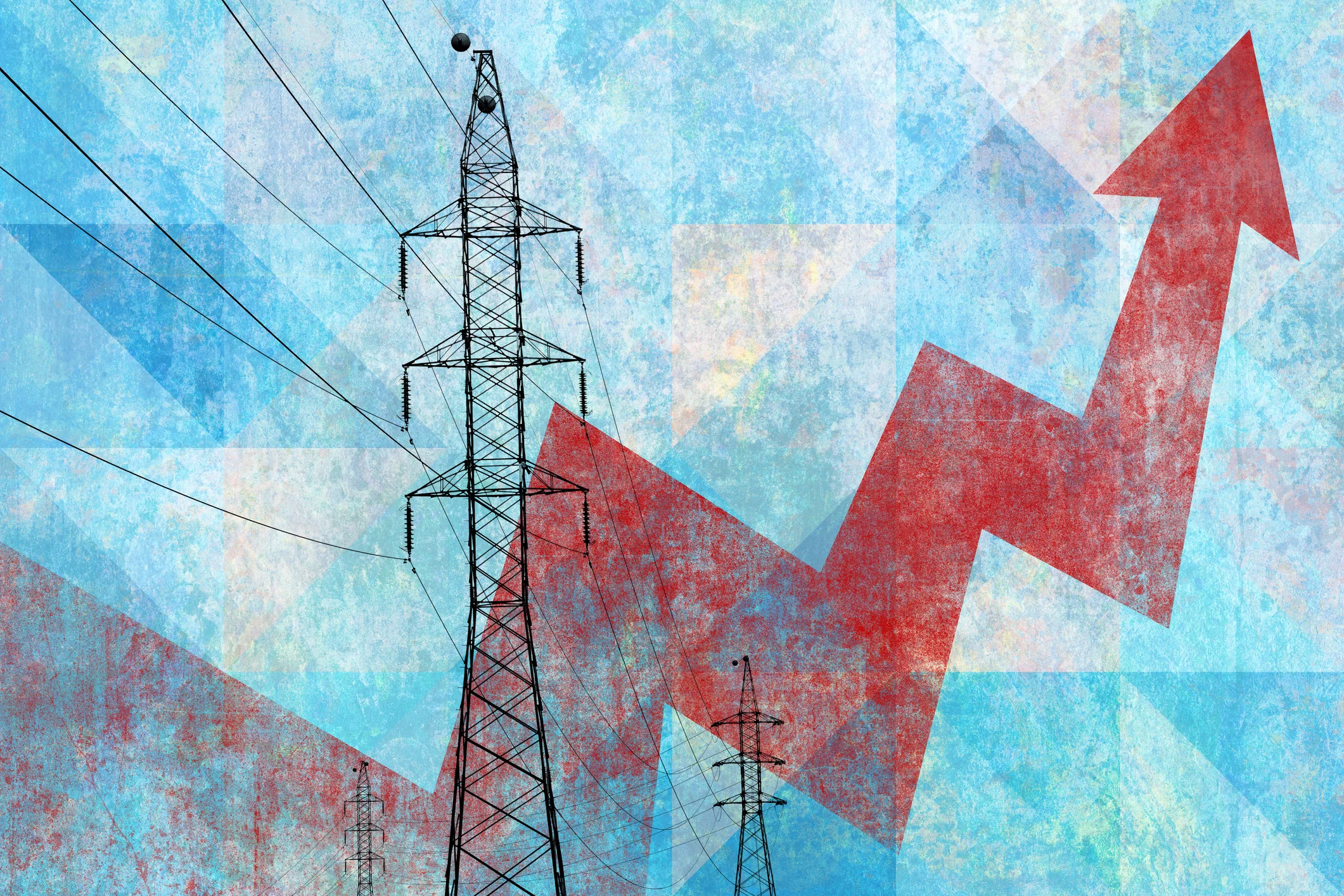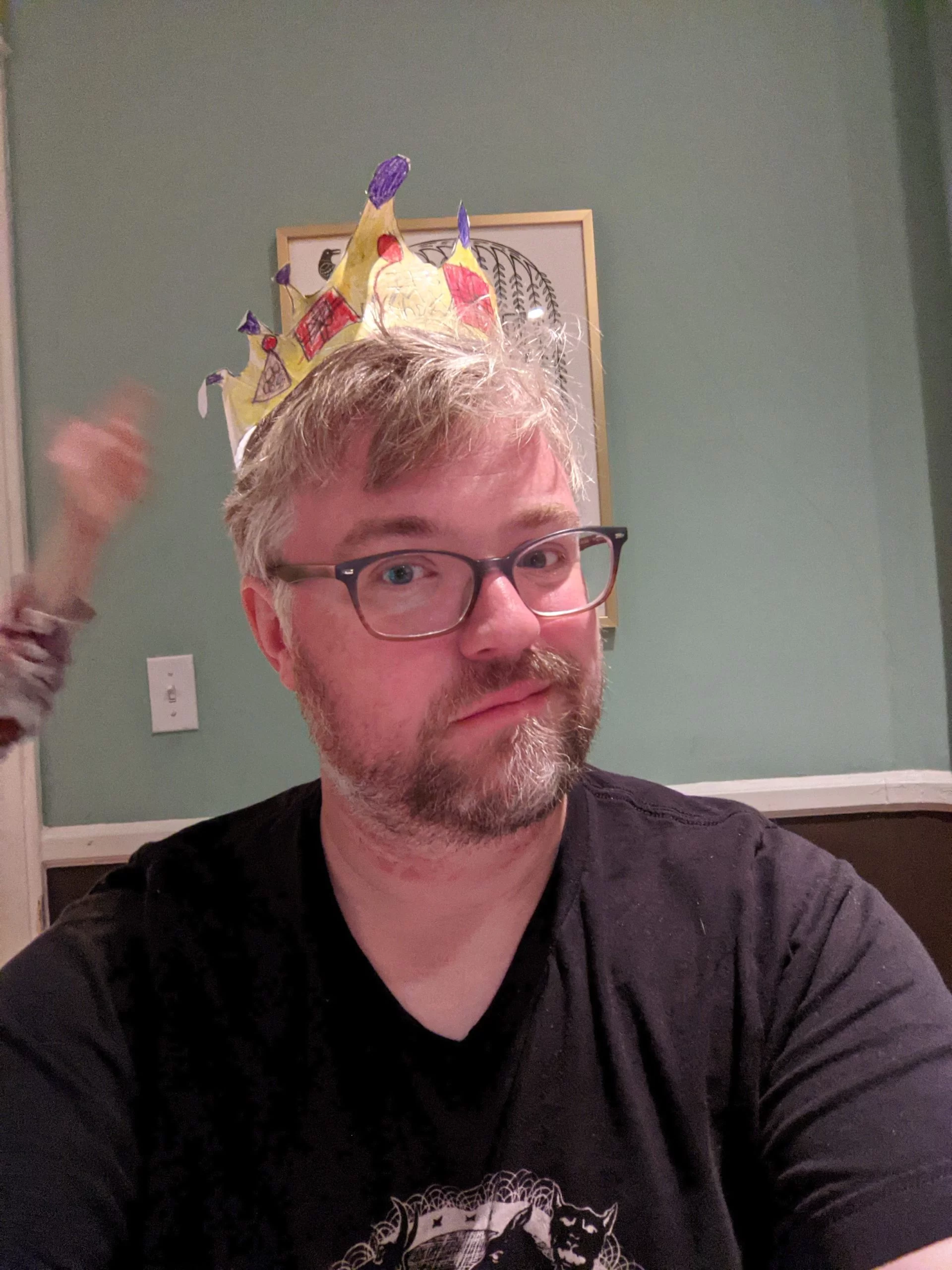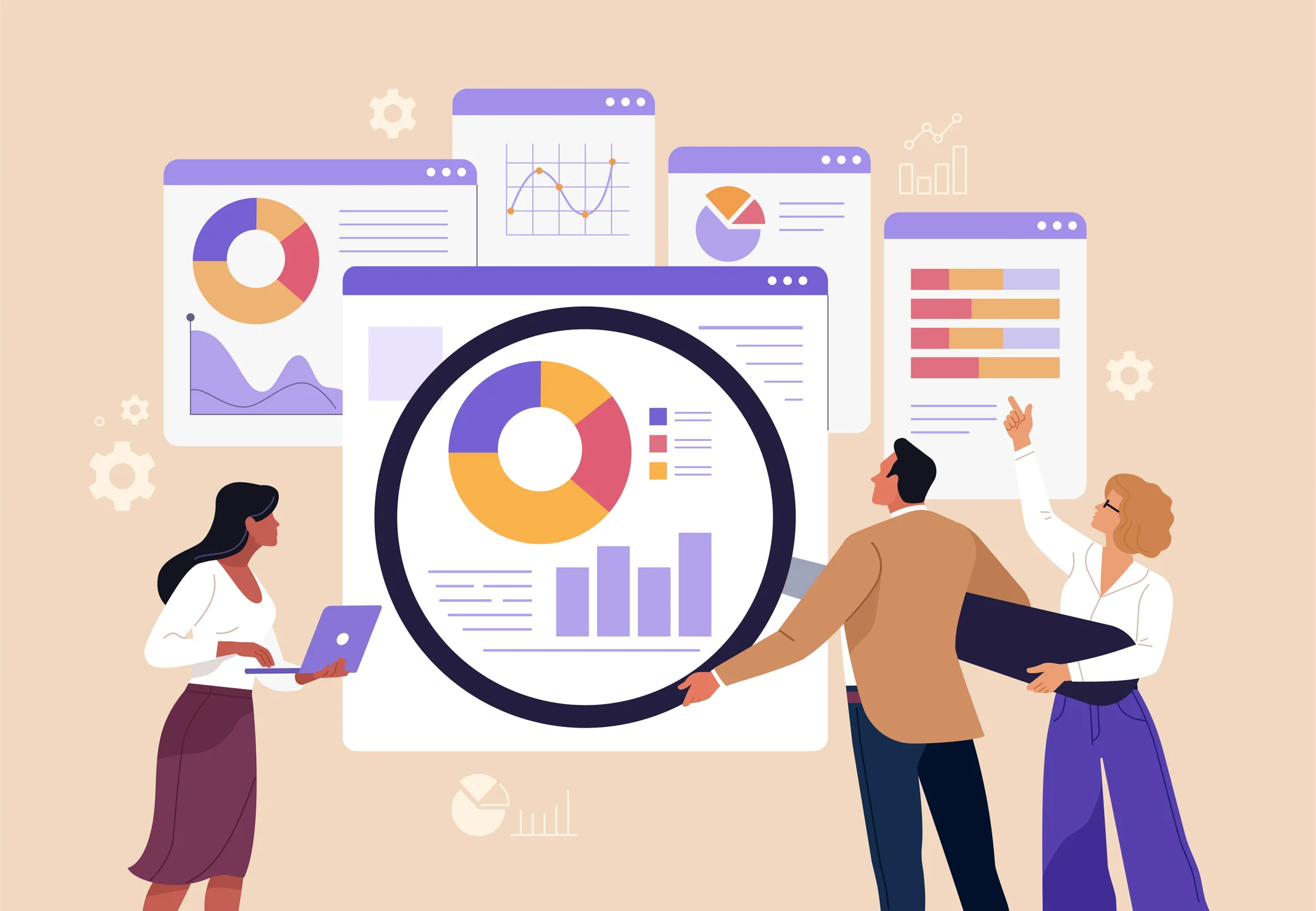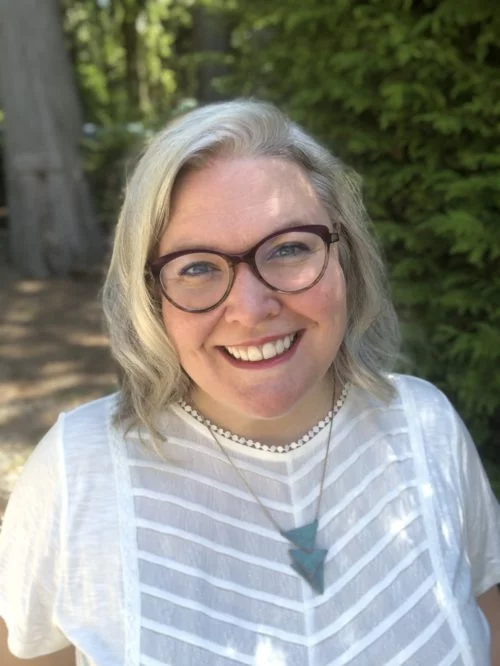Grid Forward invited the CEOs at Holy Cross Energy and United Power onto our podcast to talk about the current challenges and opportunities specific to running smaller public utilities. These two Colorado-based co-ops serve very different geographies: from the mountainous Rockies for Holy Cross to the vast hills and plains surrounding Denver for United Power. Still, the two leaders outlined a similar evolution in their businesses: away from traditional “hub and spoke” service to a network model similar to a distribution system operator (DSO).
Are co-ops leading the way to advancing the grid and serving modern customers? Read this excerpt from this podcast episode and listen to the whole episode, then decide for yourself.
Grid Forward Forum is a podcast focused on utilities, tech providers, regulators, and others helping to advance the electric grid. You can hear all the episodes on the Grid Forward website or your favorite podcast app.
Last year, Virtual Peaker teamed up with Holy Cross Energy to help develop their renewable energy goals by 2030. By leveraging the Shift Grid-Edge DERMS suite, Holy Cross has expanded its device control opportunities to batteries and EV chargers in an effort to create a more comprehensive demand flexibility strategy to defray high peak energy costs and enhance grid resiliency. As sponsors for the podcast, Virtual Peaker operates at the grid-edge to help utilities just like Holy Cross Energy meet rising demand through the energy transition with smart, AI-informed solutions. Read on to learn how HCE and United Power have balanced decarbonization goals with member-focused cost savings and enhanced grid reliability.
This excerpt was lightly edited for continuity.
Modern Co-op Utility Priorities
Bryce Yonker, executive director and CEO, Grid Forward: What’s it like to run a utility these days? There are a lot of things on the proverbial plate. How do you prioritize it? How do you decide to tackle any given things on a day or week or a month?
Bryan Hannegan, President & CEO, Holy Cross Energy: There are so many good things about being in the electric utility business at this point and so many opportunities. We have a population that is overwhelmingly concerned about the natural environment. And so the animating force for us over the last few years has been, how can we continue to keep the lights on and keep the rates low and operate our system safely, but do it in a more sustainable way? And by fortune of ambition, innovation, and good timing, we’ve been able to migrate our power supply from a primarily fossil-based set of resources to something that today is close to about 80% carbon-free. And we have plans that will move that going forward into the future.
– Bryan Hannegan, President & CEO, Holy Cross Energy
We’ve also been able to do that in a way which actually reduced our cost of power supply by a considerable amount, and that’s allowed us to invest to meet some of the challenges that are out there. How do we deal with more of the electric vehicles and the battery storage and the smart homes, and the smart businesses that are connecting into the grid? How do we deal with extreme weather events like wildfires that are more prevalent in the West than they were even a decade ago? Or issues with failing infrastructure that’s getting older by the day, and all the challenges that it takes just to keep the wires up and the lines moving? So I think it’s a really interesting time. There’s a lot of technological opportunity. There’s a lot of creativity. There’s a lot of innovation.
Mark Gabriel, President & CEO, United Power: As somebody who has been in the business for 35 years now, every time I look at the changes that I have been fortunate to have managed and witnessed, it is all driven by a change at the edge of the grid. Thirty-five years ago, I came into the business running electric water heater programs with load control, and that was the big buzz. And here we are 35 years later, becoming a DSO, a distribution system operator, trying to optimize what we see at the edge of the grid, whether it is somebody plugging in their EV or one of our commercial members deciding they want to put natural gas generation as a backup for their own facilities.
So, I would agree 100% with Bryan. It is not a challenge, there are tremendous opportunities. And I am very fortunate that we have growth because that allows you to do things that you cannot do if you are sitting in a stagnant situation.
An Industry In Transition
Bryan Hannegan: The biggest change in the utility space, not just for small and mid-size utilities, but even the larger ones, is really moving from a mindset of what we would consider to be a hub-and-spoke type system with large central generators, one-way delivery infrastructure across the transmission and distribution network to a passive customer. That whole paradigm that has governed our industry for over 100-plus years has been completely upended. And technology did it, technology with a little bit of support from policy, but ultimately, technology and consumer preferences.
That’s where all the real change is driving, and it’s forcing us to think of our role as much different than even just a decade or two ago, where Mark used the phrase distribution system operator. We’re starting to operate our grids to try to balance all the puts and the takes of electricity, knowing that many of those puts of electricity come from generators on someone’s rooftop or in someone’s garage, not the big giant power plant down the street that, frankly, was easy to predict, and it took a while to build so you could sort of be ready for it.
Now, we don’t know where that next electric vehicle is going to get plugged in. But we do know that we have to be ready to serve it. And not just serve it when it’s consuming power, but in a world where vehicles can also provide power to the grid, we’ve got to treat that like an independent generator as well, a battery on wheels.
So if you start to think about every home, every vehicle, every solar panel, everything connected, being this two-way contributor of power, we’re operating that common infrastructure that gives all of those the value and the flexibility that they need to work together. That is a fundamentally different mindset. But honestly, it’s super challenging and super fun one to try to get right. Because it leans heavily on data, on sensing, on visibility, on all sorts of control technology, a lot of things that we’ve seen in other areas we can now bring home to the electric sector and create an immense amount of value for both ourselves and our customers.
Mark Gabriel: When I look at the growth in demand on one side, the decline in central stations on the other, I have taken to saying the transmission cavalry is not coming over the hill to save us. We have to figure out how to manage our systems more effectively, which in turn allows the piece that Bryan talked about: whoever is out at the edge of that grid, whatever they plug in, we just have to be able to handle it, and we want to handle it. It is an active role that we must take, or we will not have the level of reliability and resilience that society demands.
– Mark Gabriel, President & CEO, United Power
Bryan Hannegan: It’s not about providing the energy anymore because our members are starting to provide that energy. It’s about having the capacity to serve. And I think that’s really defining a different sort of dialog, both at the transmission level, but especially at the distribution level. And we see that playing out all around the country in all the different debates of the day.
